 |
Model Adaptivity in Sheet Metal Forming
| Phd student |
Dmitry Ledentsov MSc. |
| Principal investigators | Prof. Dr.- Ing. Alexander Düster |
| Prof. Dr. rer.nat. Ernst Rank |
|
| Project partners | Dipl.-Ing. Ingo Heinle (BMW Group) |
| Dr.-Ing. Wolfram Volk (BMW Group) | |
| Dr.-Ing. Marcus Wagner (BMW Group) |
Project description
The use of new materials and complex part geometries poses significant challenges for modeling and finite element simulation of deep drawing processes. Due to the complexity and size of the models used, deep drawing simulation using solid continuum finite elements has proved to be too expensive in industrial engineering practice. However, small thickness to length ratio of sheet metal parts are typically computed using dimensionally reduced finite element formulations. Dimensional reduction and model assumptions provide noticeable simulation time and resource savings at the cost of solution quality. A method to obtain a realistic three-dimensional stress state without a complete nonlinear strictly three-dimensional forming analysis is being developed. The solution enhancement scheme has been efficiently applied to press force and elastic springback computations in industrial models involving up to 1.5 million degrees of freedom. The scheme is being developed and implemented as an add-on to commercial FE-Software.
Press force computation
The extrusion of the whole shell mesh is performed with a subsequent three-dimensional stress state reconstruction. The deep drawing simulation using solid elements took more than ten times longer than the shell element analysis together with the subsequent stress state reconstruction.
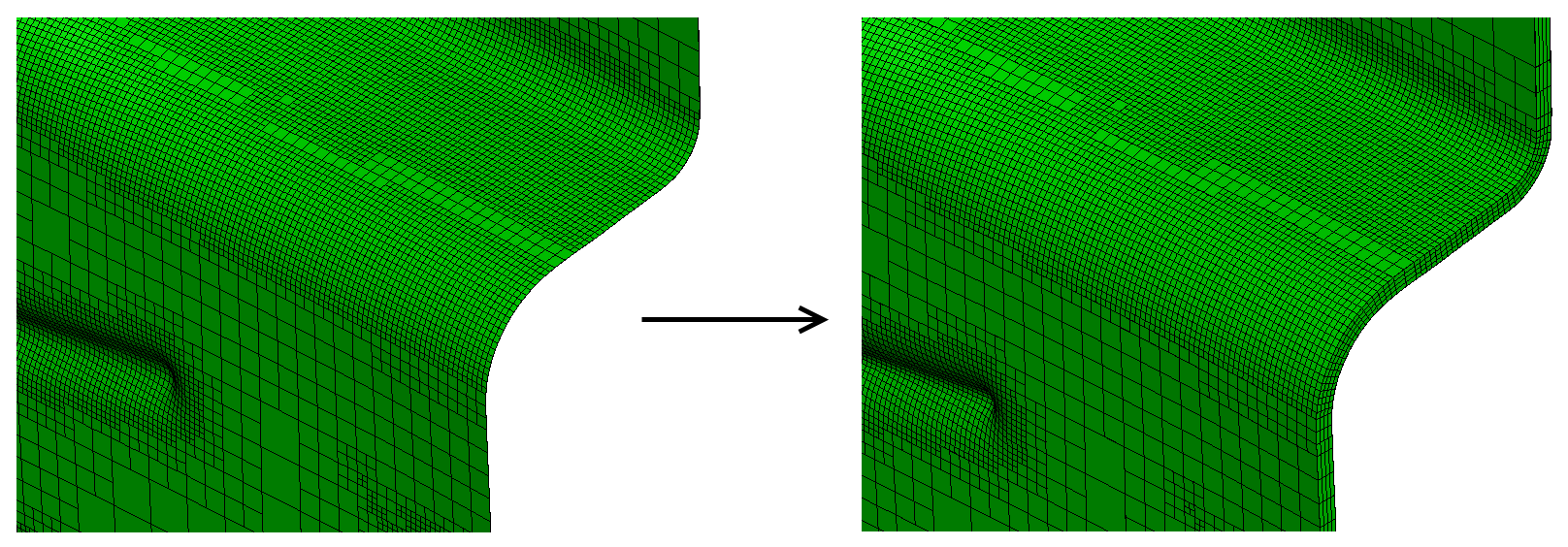
Fig. 1: Mesh conversion for a three-dimensional stress-state reconstruction
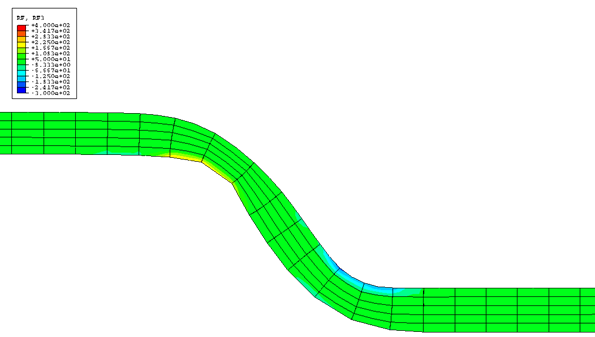
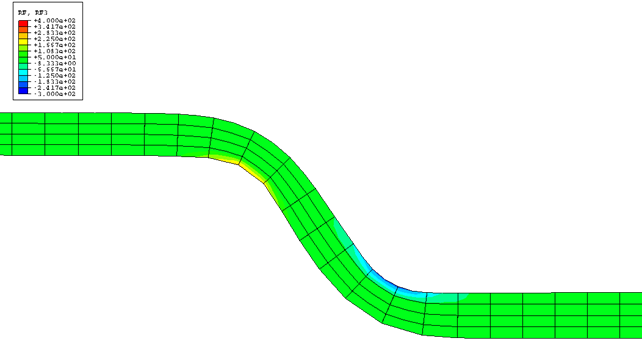
Fig. 2: Result of a three-dimensional forming analysis (left), reconstructed three-dimensional stress-state (right)
Model-adaptive coupled analysis
In this project, A method to resolve a true three-dimensional stress-state in nonlinear analyses while saving computational cost is based upon a model-adaptive coupling technique. The solid elements can be used in areas where shell elements do not provide reliable results. The rest of the computational domain can be discretized using shell elements. A consistent shell-to-solid coupling is applied at the interfaces between the two different element types.
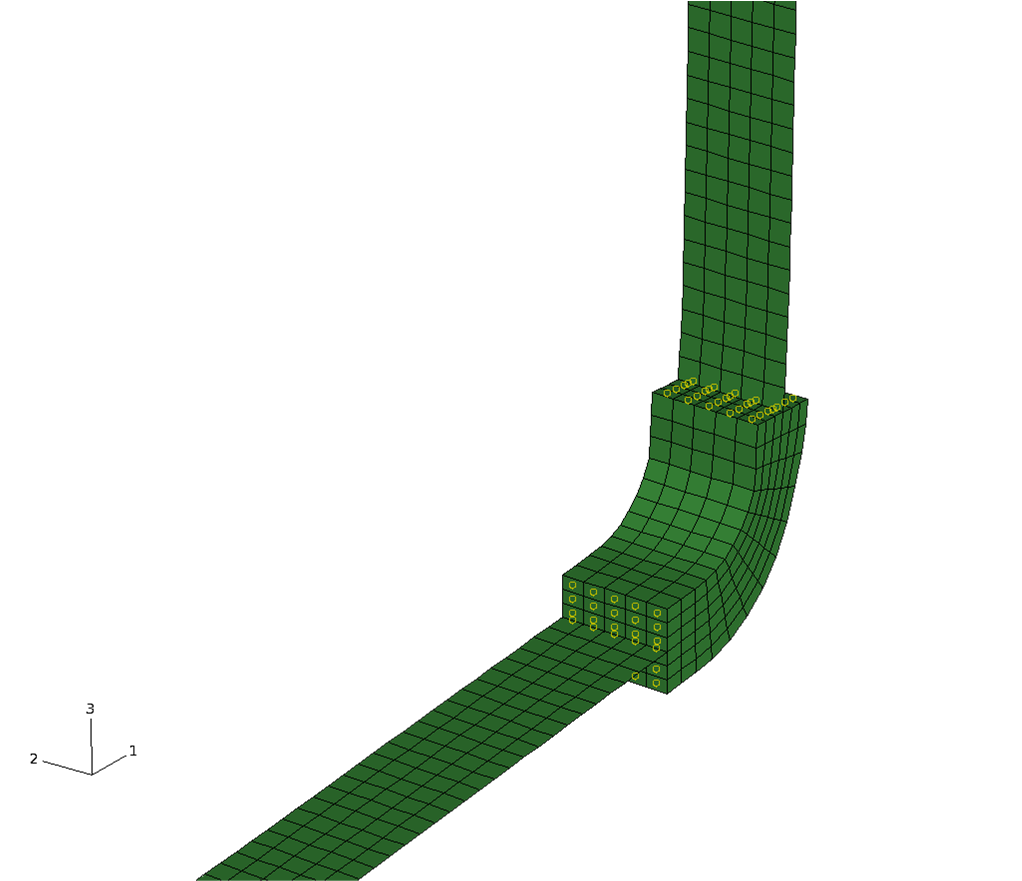
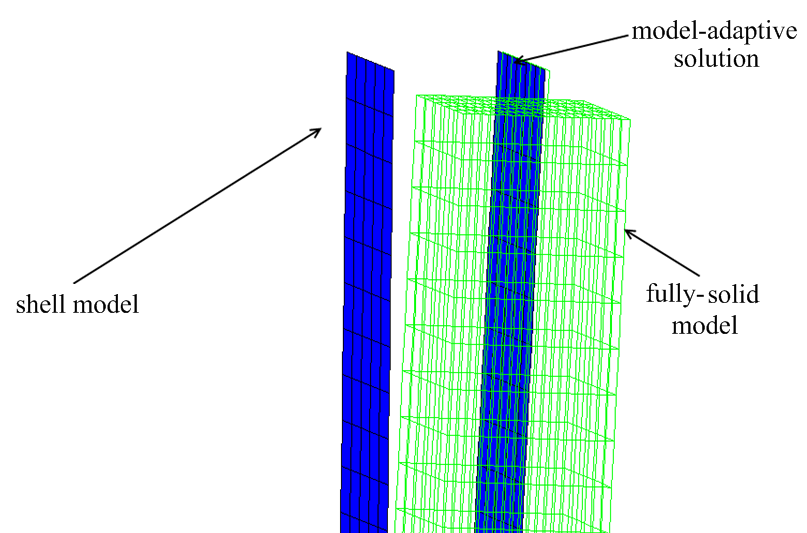
Fig. 3: Coupled springback simulation of a metal strip
Publications
- Ledentsov, D.; Düster, A.; Rank, E.; Heinle, I.; Volk, W.; Wagner, M.:
Model adaptivity in the context of sheet metal forming. In: Proceedings of the 7th International Conference and Workshop on Numerical Simulation of 3D Sheet Metal Forming Processes (Numisheet) 2008, Interlaken, Switzerland 2008 - Ledentsov, D.; Düster, A.; Rank, E.; Heinle, I.; Volk, W.; Wagner, M.:
Dimensional adaptivity in finite element simulation of sheet metal forming. In: Proceedings of the 6th International Conference on Computation of Shell and Spatial Structures, IASS-IACM 2008: “Spanning Nano to Mega”, Ithaca, NY, US: Cornell University 2008 - Rank, E.; Düster, A.; Ledentsov, D.; Heinle, I.; Volk, W.; Wagner, M.:
A unified approach to multiscale simulation and dimensional adaptivity: basic principles and industrial applications. In: Proceedings of Int. Conf. on Computational Methods for Coupled Problems in Science and Engineering, CIMNE, Barcelona, Spain 2007
Contact: Dmitry Ledentsov MSc.